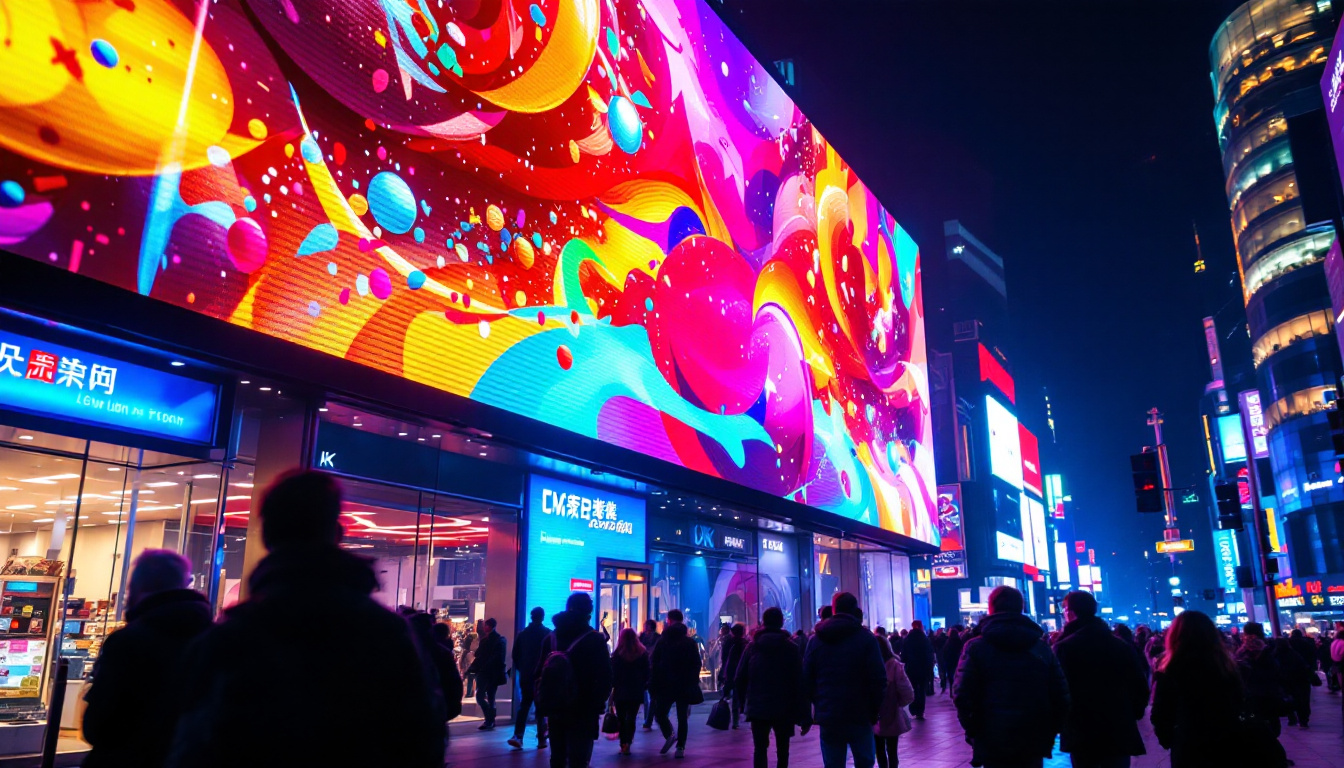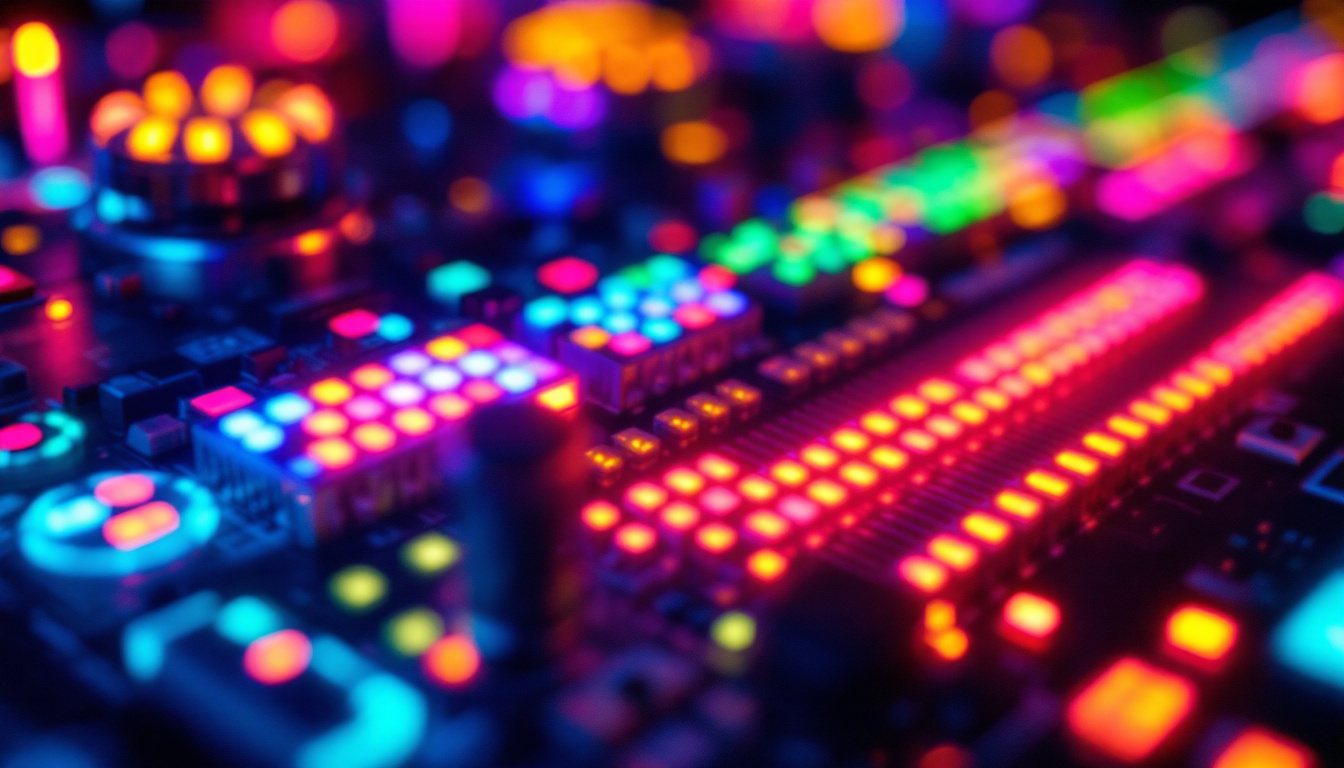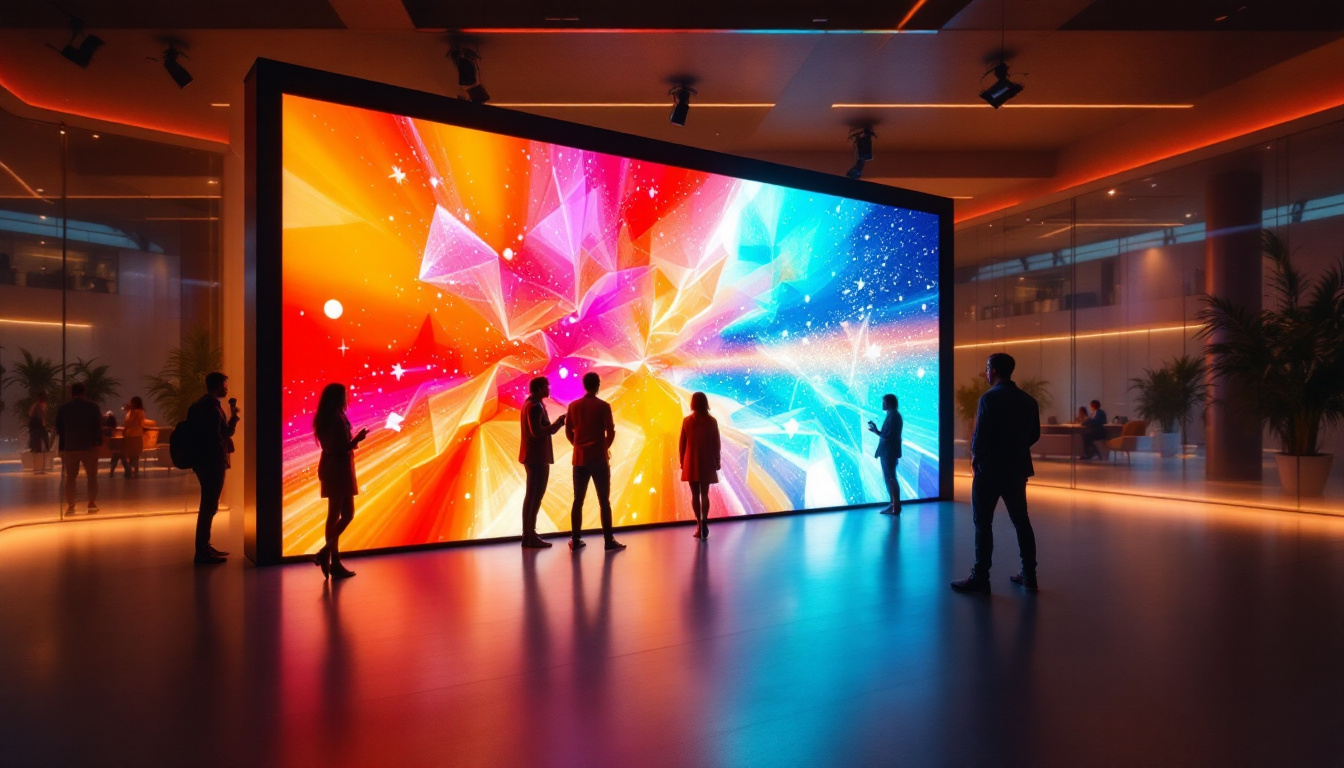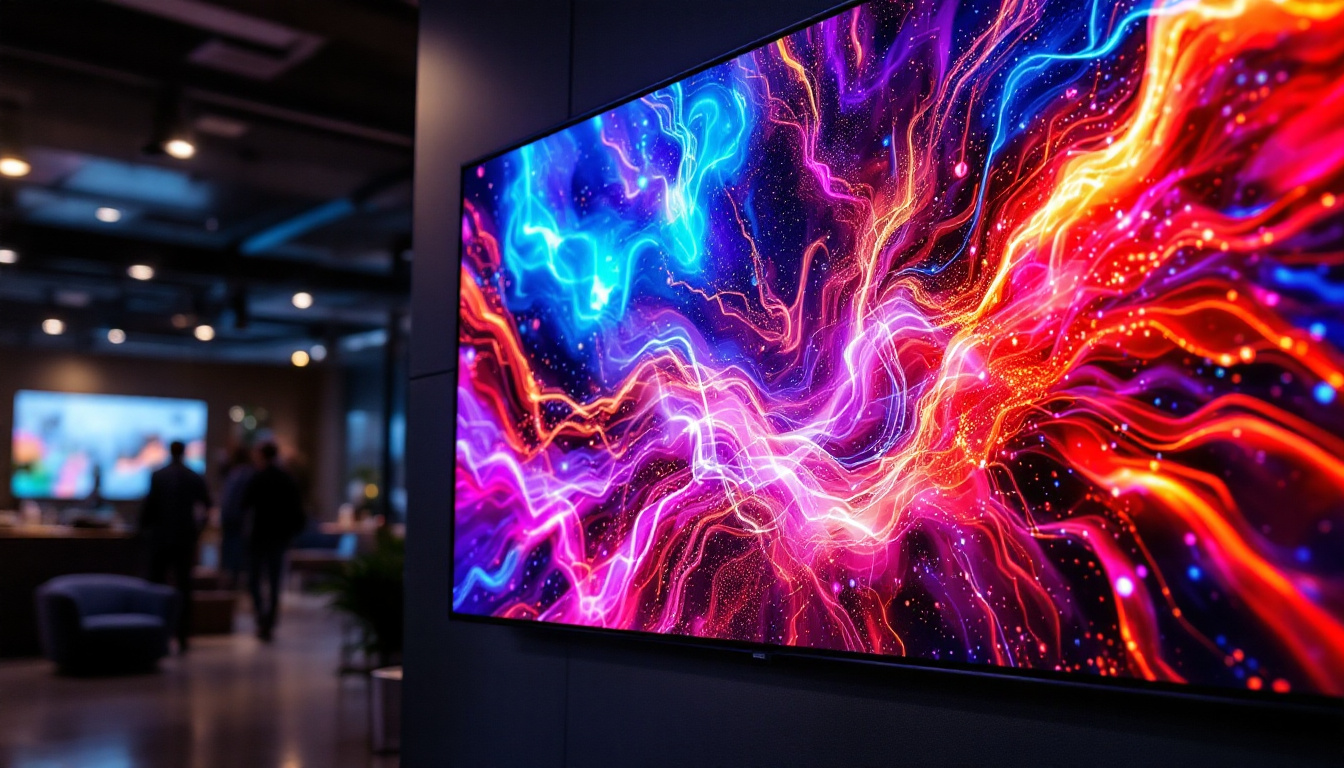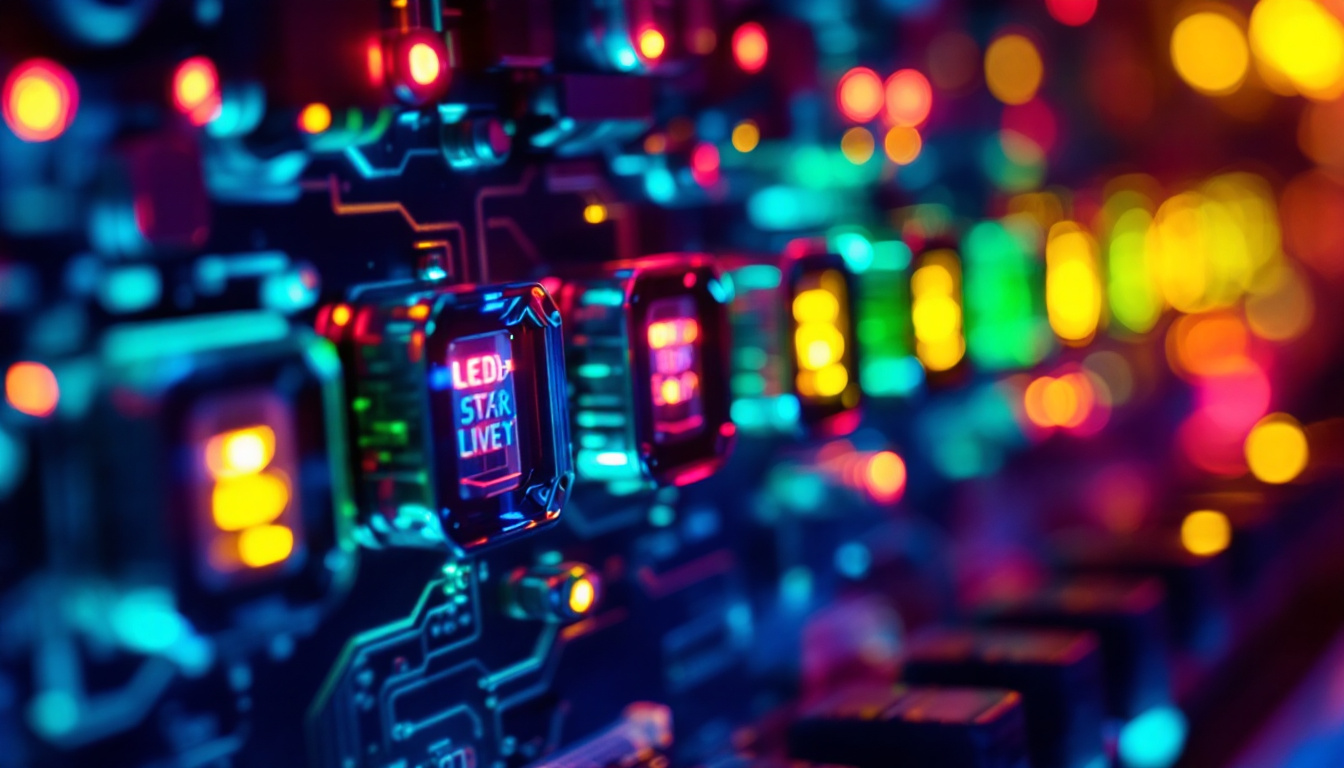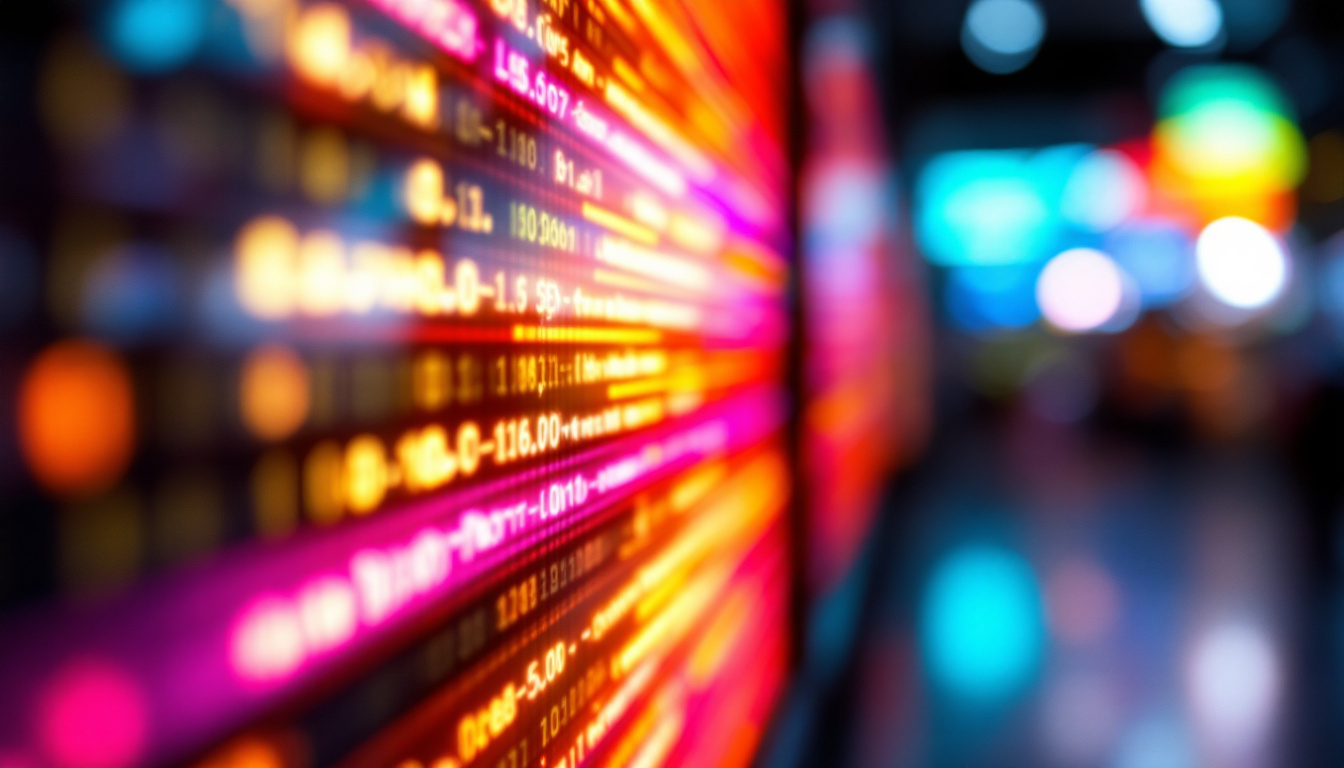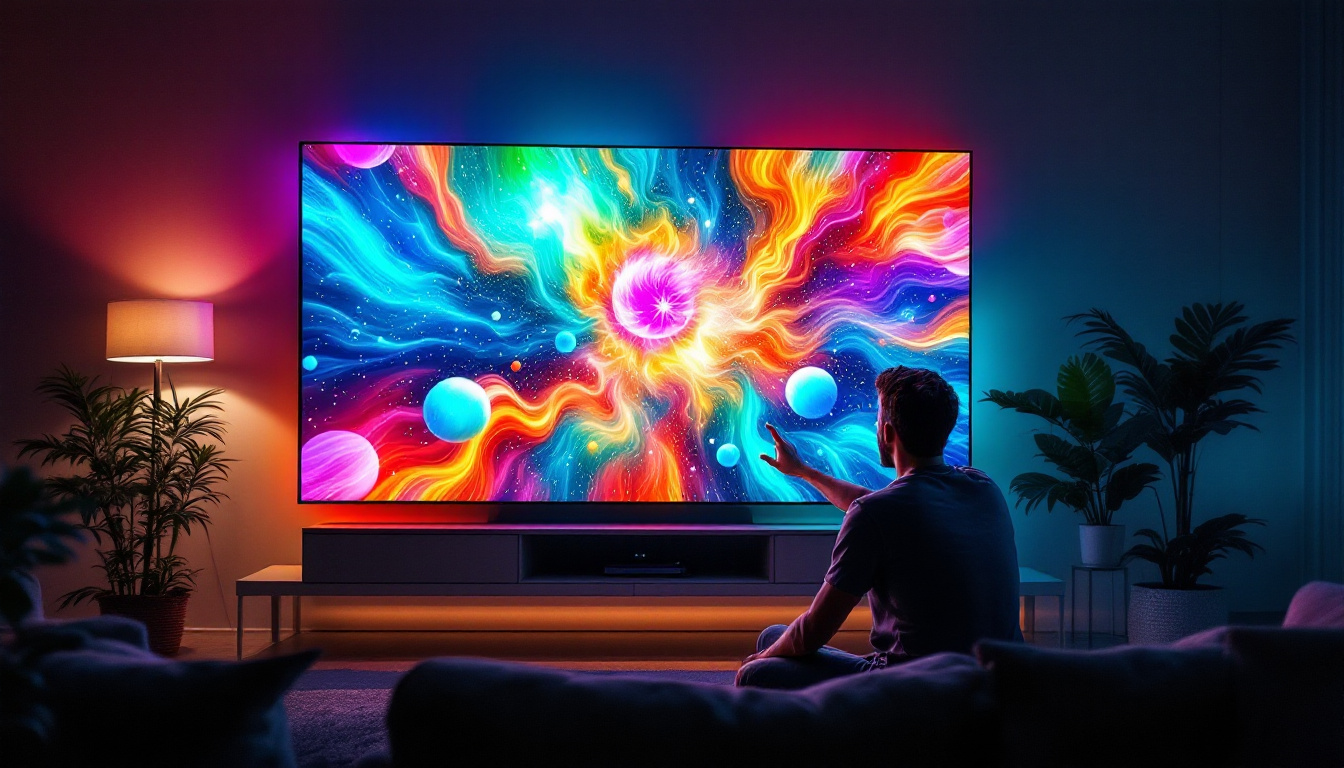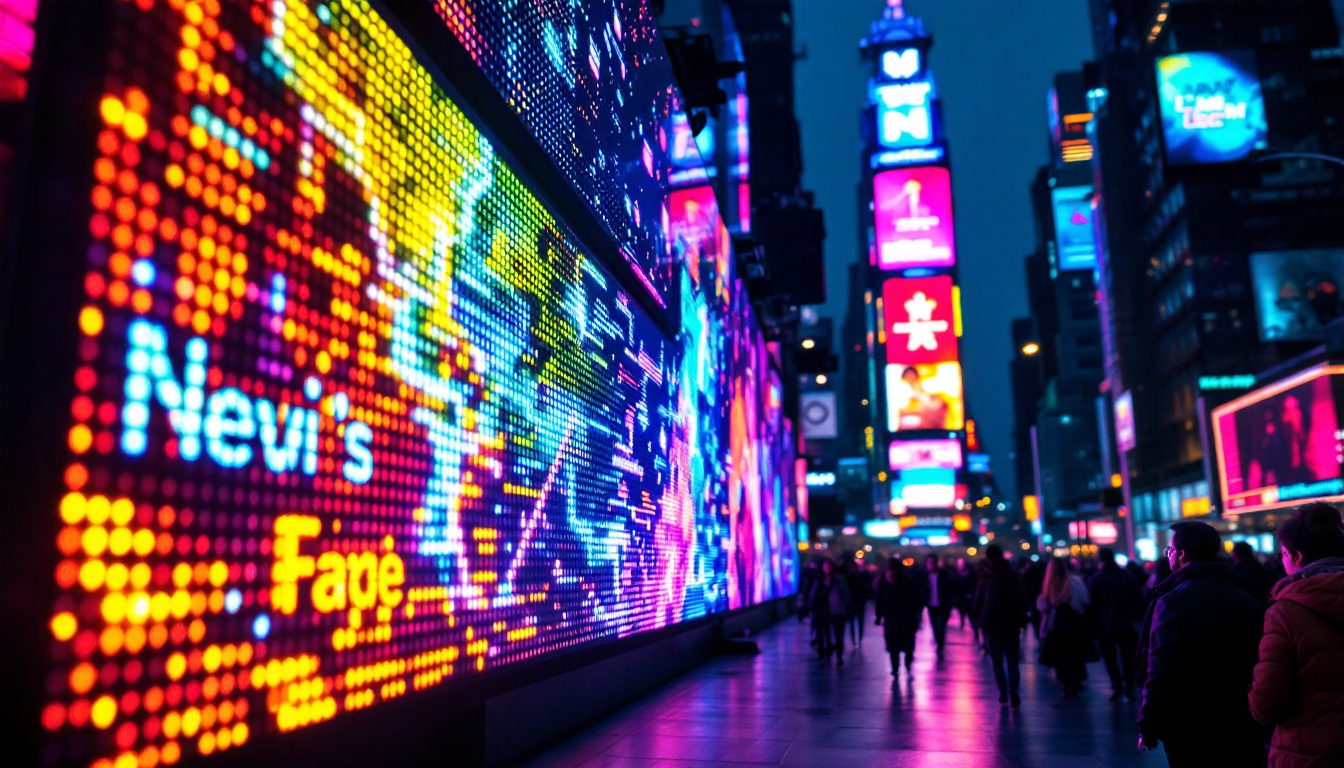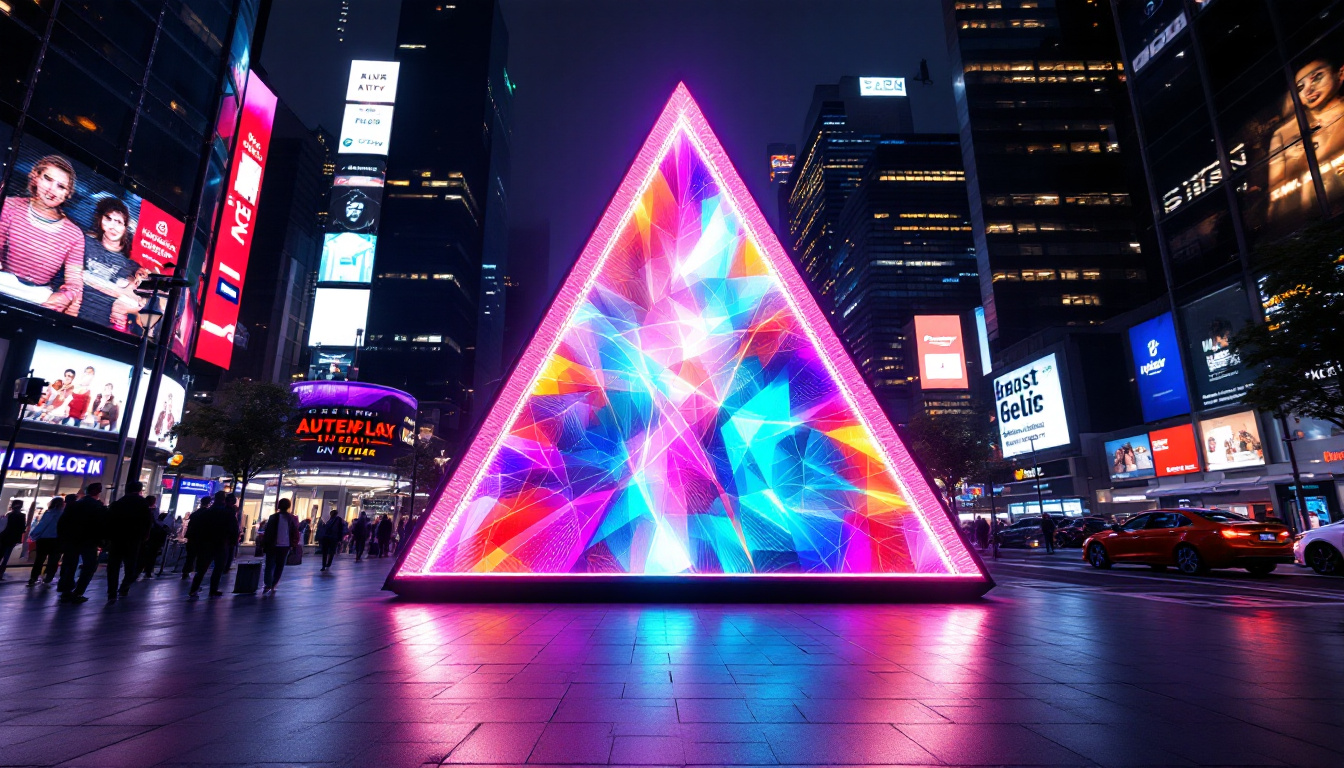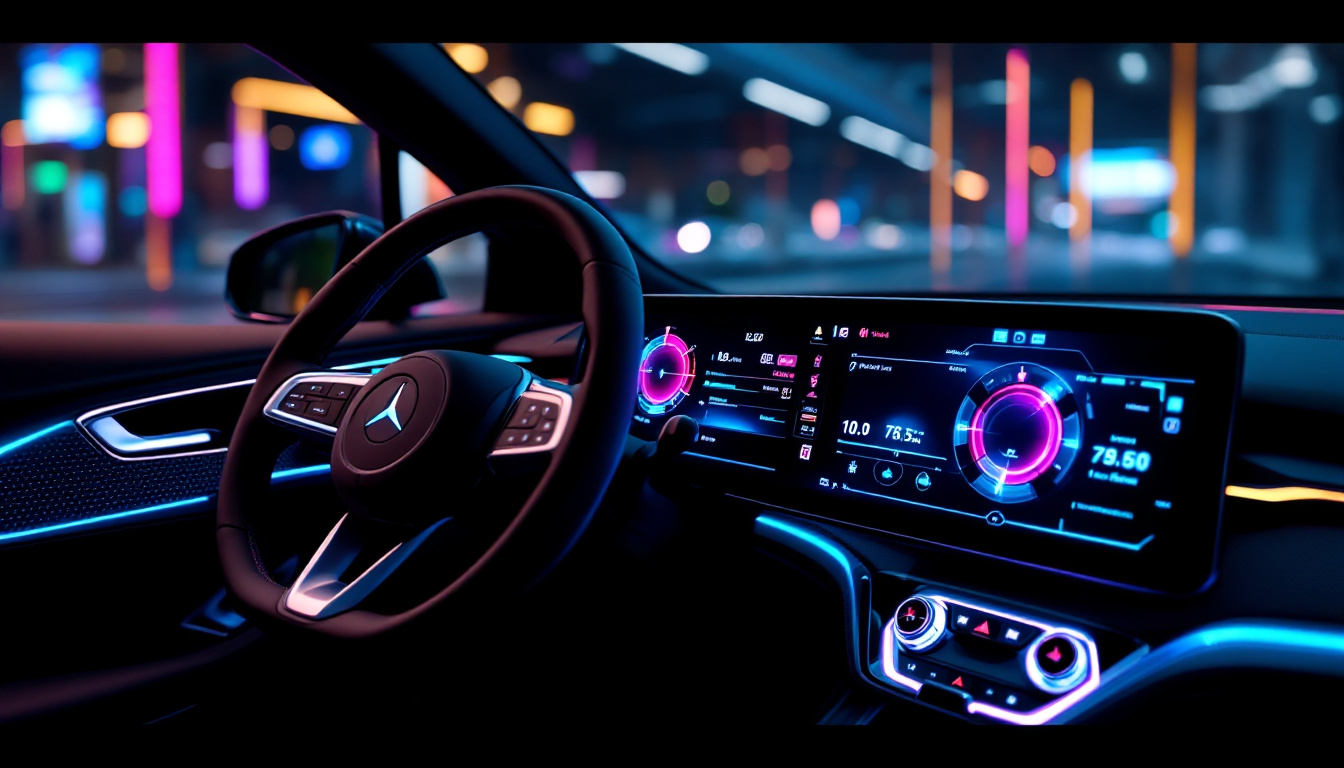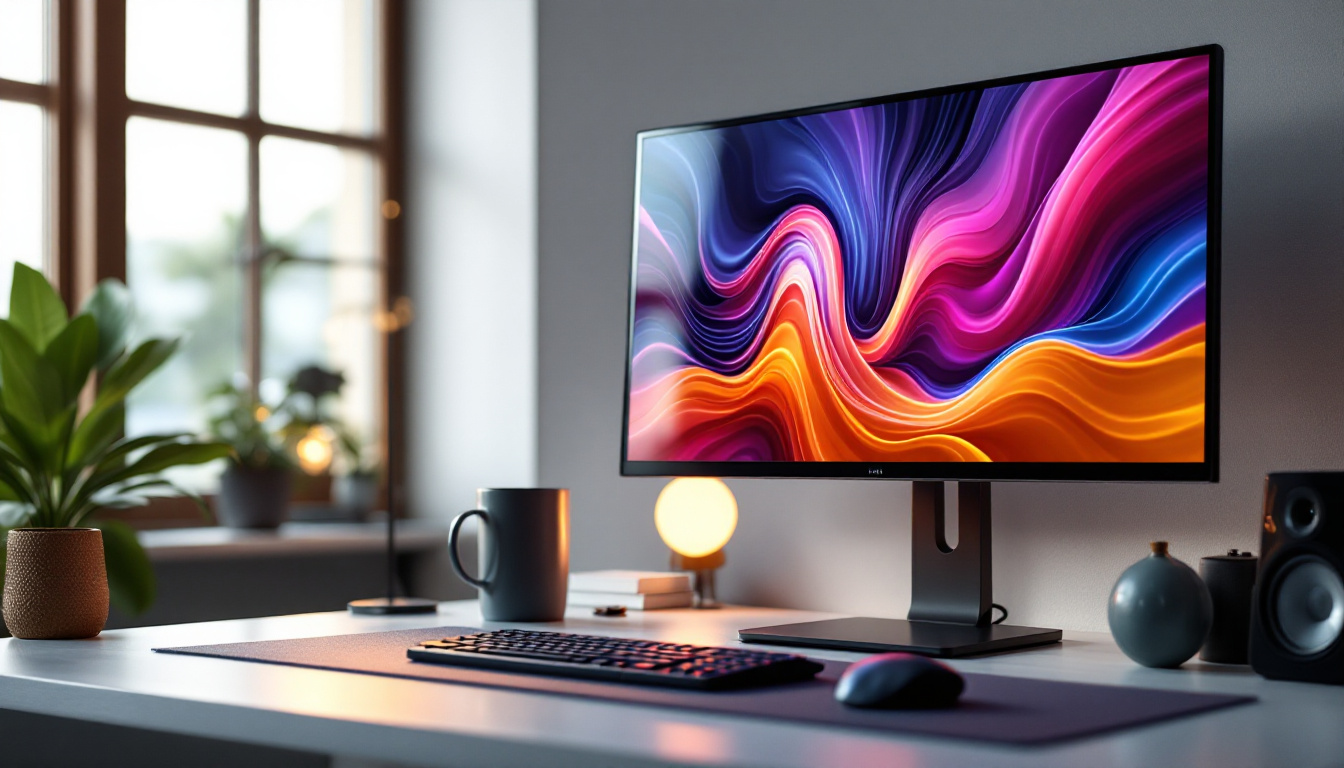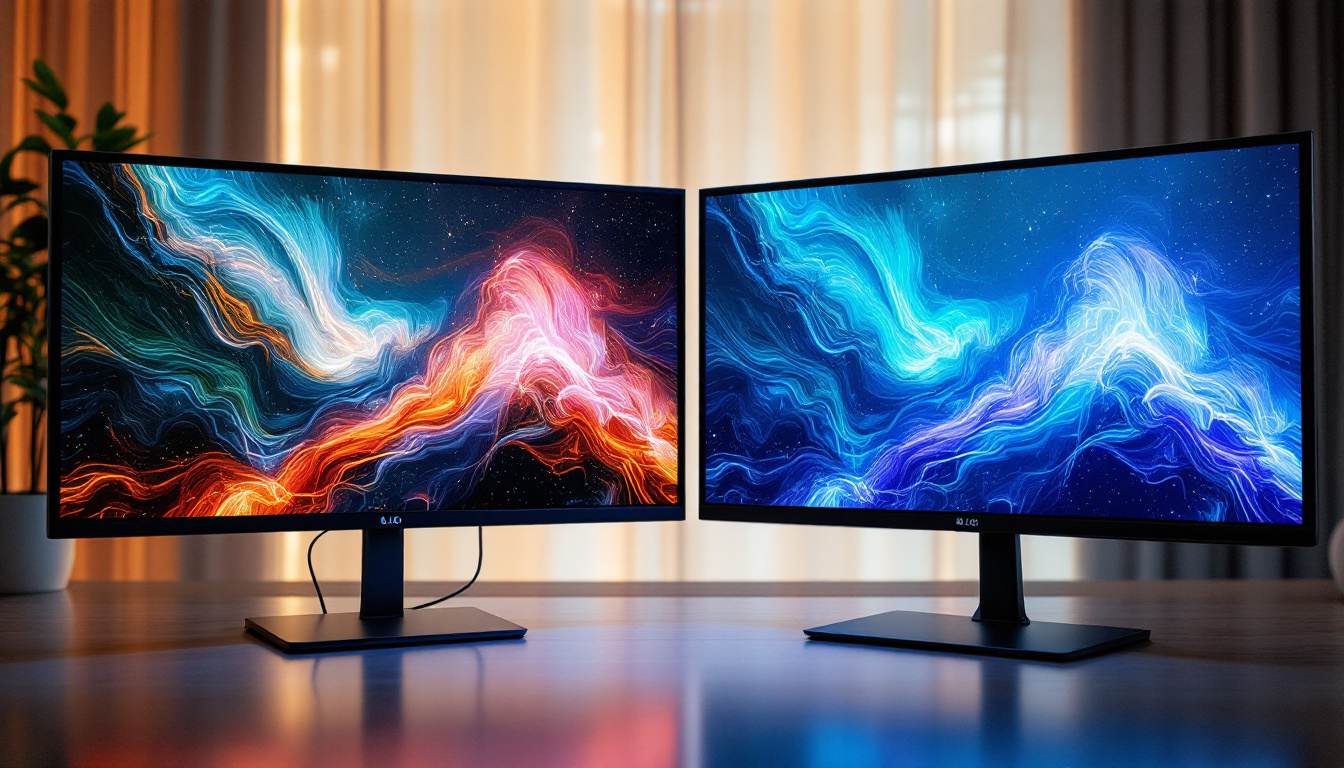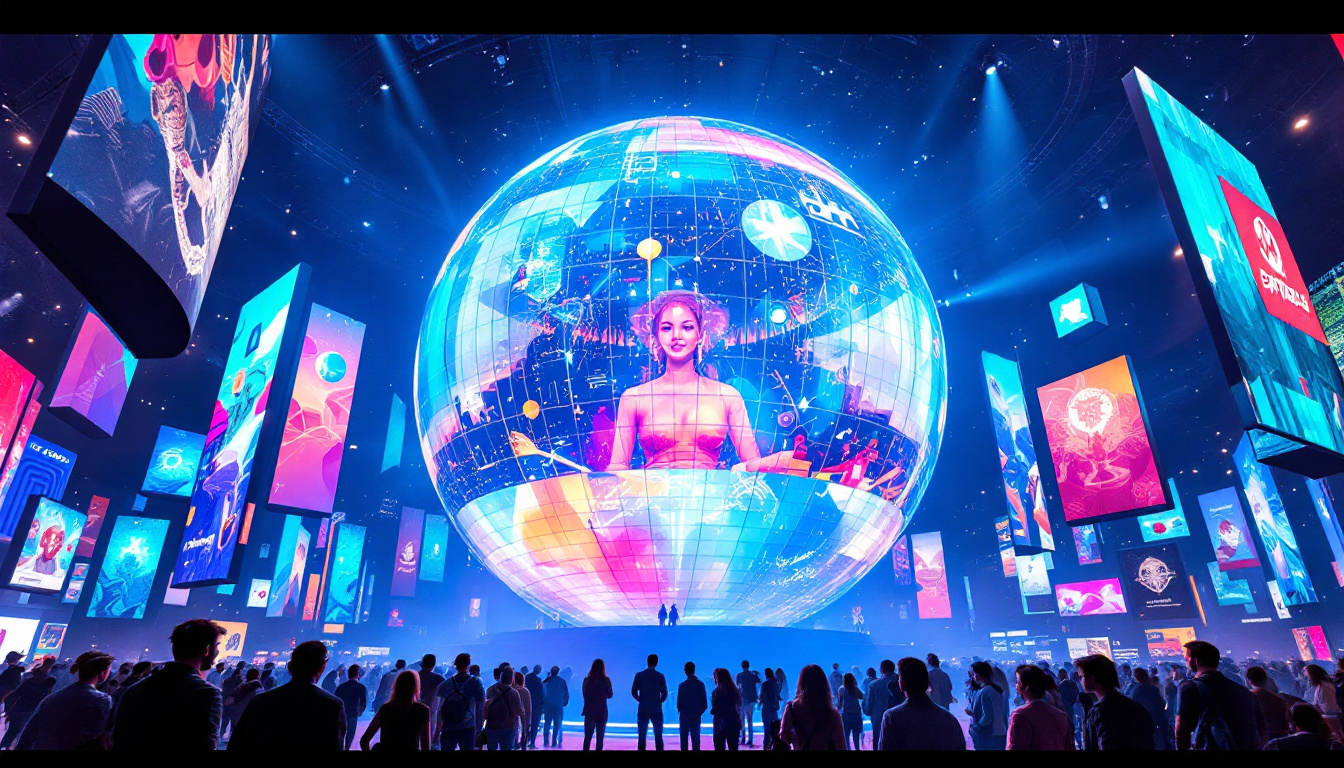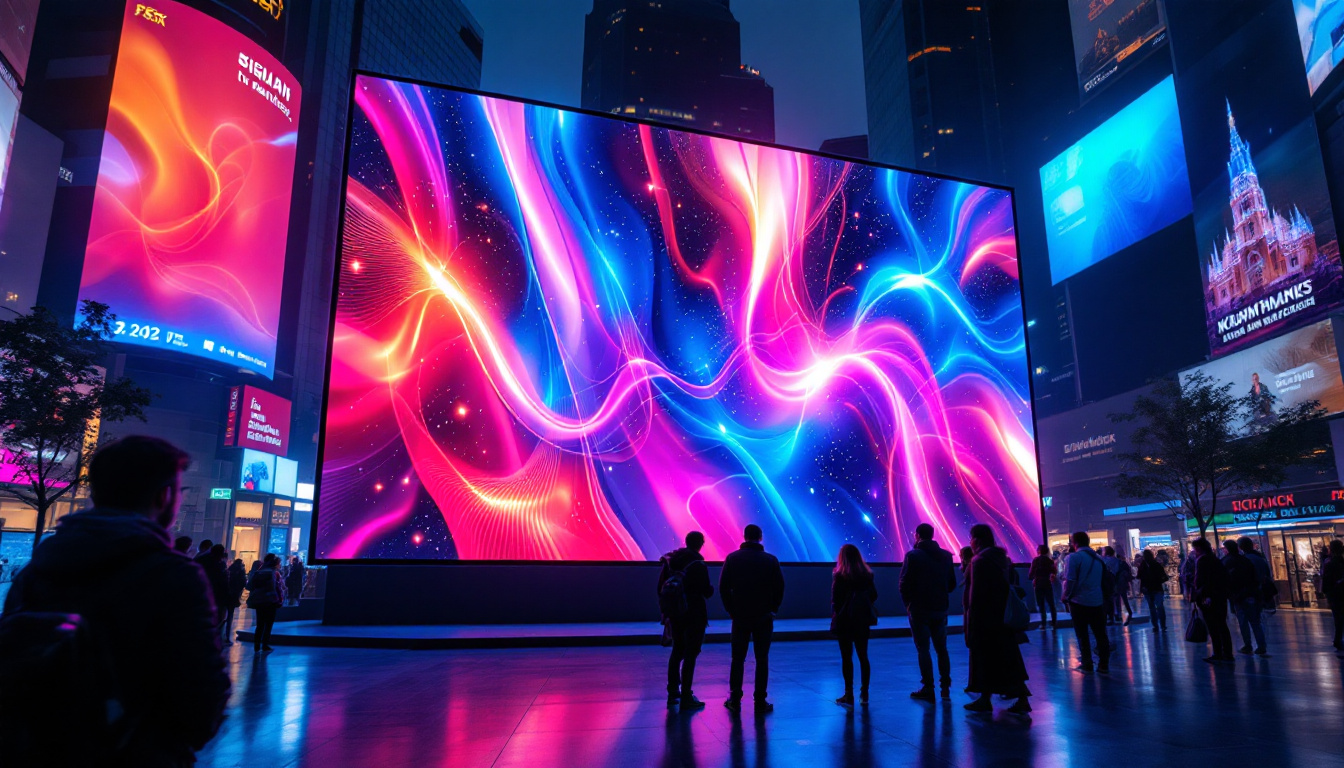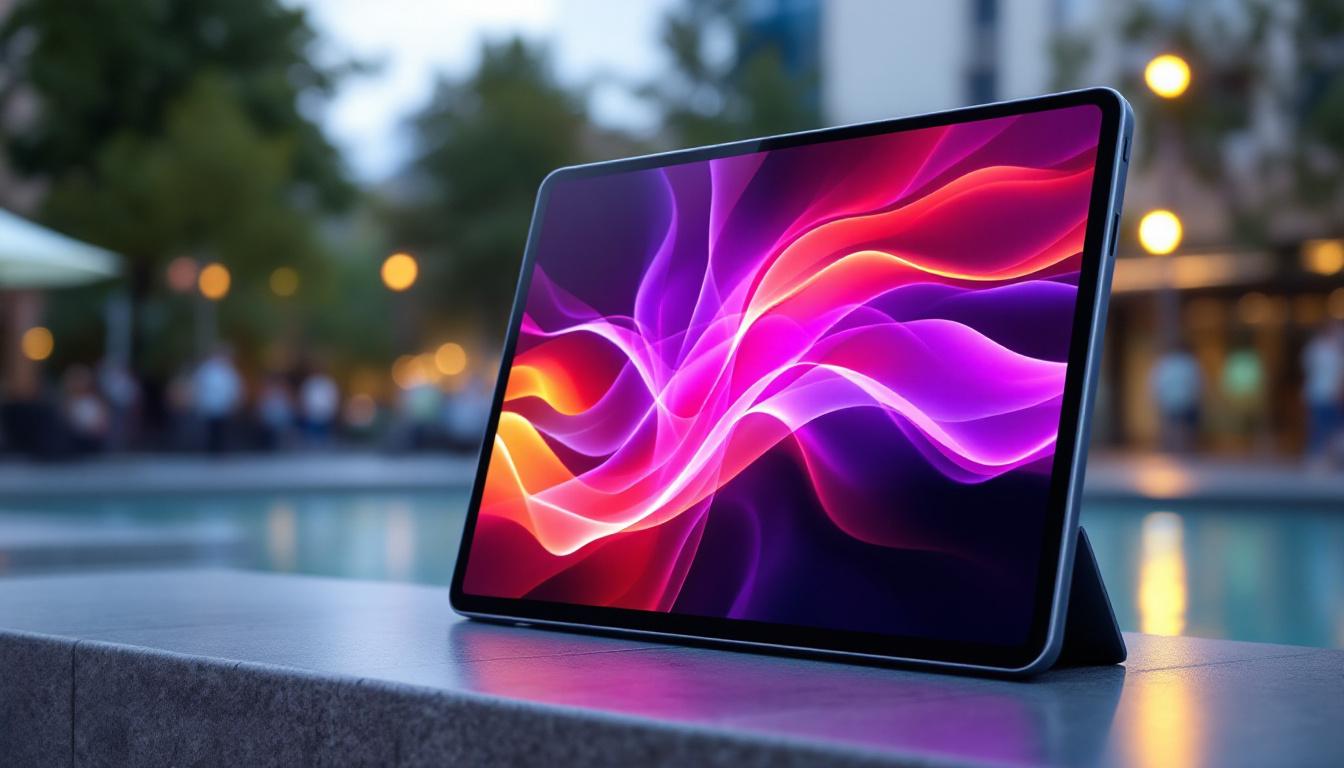In recent years, LED displays have become a dominant force in the world of visual technology. From advertising billboards to televisions and smartphones, LED technology has transformed how we experience visual content. However, the prices of LED screens can vary significantly based on various factors. This article delves into the intricacies of LED display pricing, helping consumers and businesses alike understand what influences these costs.
Understanding LED Technology
LED, or Light Emitting Diode, technology has revolutionized display screens by offering brighter, more vibrant colors and greater energy efficiency compared to traditional display technologies. This section will explore how LED displays work and why they are preferred in many applications.
How LED Displays Function
LED displays operate by using an array of tiny light-emitting diodes to create images. Each diode can emit different colors, which combine to form a full spectrum of colors when viewed from a distance. The basic structure involves a matrix of red, green, and blue (RGB) diodes, which can be adjusted in intensity to create a wide range of colors.
This technology allows for high brightness levels and excellent contrast ratios, making LED displays suitable for both indoor and outdoor use. The ability to produce vivid images even in direct sunlight is one of the key advantages of LED technology. Additionally, LED displays have a faster response time compared to traditional technologies, which minimizes motion blur and enhances the viewing experience, particularly in fast-paced environments like sports events or gaming.
Types of LED Displays
There are several types of LED displays, each designed for specific applications. The most common types include:
- Direct View LED: Used primarily for large-scale displays, such as billboards and sports arenas.
- LED-backlit LCD: These displays use LED lights to illuminate an LCD panel, commonly found in televisions and monitors.
- Organic LED (OLED): A newer technology that offers superior color accuracy and flexibility, often used in high-end televisions and smartphones.
Beyond these common types, there are also specialized LED displays like Transparent LED displays, which allow for visibility through the screen while still showcasing vibrant content. This innovative design is increasingly popular in retail environments, where it can be used to display advertisements without obstructing the view of the products behind the screen. Furthermore, MicroLED technology is emerging as a game-changer, providing even smaller pixel sizes for enhanced resolution and flexibility in screen size and shape, paving the way for futuristic applications in augmented reality and immersive experiences.
Another fascinating aspect of LED technology is its role in energy conservation. Compared to traditional incandescent bulbs, LEDs consume significantly less power, which not only reduces electricity bills but also contributes to a lower carbon footprint. This energy efficiency is particularly beneficial in large installations, such as stadiums or shopping malls, where lighting can account for a substantial portion of energy usage. As a result, many organizations are making the switch to LED technology not just for its visual benefits, but also for its environmental impact, aligning with global sustainability goals.
Factors Influencing LED Display Prices
The price of LED displays can vary widely based on several factors. Understanding these factors can help consumers make informed decisions when purchasing LED technology.
Screen Size and Resolution
One of the most significant determinants of LED display pricing is the size and resolution of the screen. Larger screens generally cost more due to the increased amount of materials and technology required to produce them. Additionally, higher resolution displays, such as 4K or 8K, command premium prices due to their ability to deliver sharper images and finer details.
For instance, a 55-inch 4K LED television will typically be more expensive than a 55-inch Full HD model. This is primarily because the technology required to achieve higher resolutions involves more advanced components and manufacturing processes. Furthermore, as consumers increasingly seek immersive viewing experiences, the demand for larger and higher-resolution screens continues to rise, further driving up prices in the market.
Display Technology and Features
The type of LED technology used in a display can also impact its price. For example, OLED displays tend to be more expensive than standard LED-backlit LCDs due to their advanced technology and superior image quality. Additionally, features such as HDR (High Dynamic Range), smart capabilities, and enhanced refresh rates can further increase the cost of an LED display.
Moreover, specialized displays, such as those designed for outdoor use, often come with higher price tags due to the need for weatherproofing and increased brightness capabilities. These outdoor displays are engineered to withstand harsh environmental conditions while maintaining visibility in direct sunlight, which requires additional materials and technology. As a result, consumers investing in such displays are often paying for the durability and performance that outdoor settings demand.
Brand Reputation and Warranty
The brand of the LED display can significantly influence its price. Well-established brands often charge a premium for their products, reflecting their reputation for quality and reliability. Consumers may be willing to pay more for a trusted brand, knowing they are likely to receive better customer support and warranty options.
Warranties can also play a role in pricing. Displays with longer warranty periods or comprehensive coverage may cost more upfront but can provide peace of mind and potential savings in the long run. Additionally, brands that invest in research and development to innovate and improve their products often pass those costs onto consumers, resulting in higher prices. This investment can lead to better energy efficiency, enhanced durability, and cutting-edge features that justify the higher price tag. As consumers become more tech-savvy, they are increasingly considering these long-term benefits when making purchasing decisions, further influencing the dynamics of LED display pricing.
Comparing LED Display Prices
When considering the purchase of an LED display, it is essential to compare prices across different retailers and brands. This section outlines some strategies for effectively comparing LED display prices.
Researching Online
Online shopping has made it easier than ever to compare prices. Numerous websites allow consumers to view prices from various retailers, making it simple to find the best deals. Additionally, many online platforms provide user reviews and ratings, which can help in assessing the quality and performance of different models.
It’s advisable to check multiple sources, including manufacturer websites, online retailers, and local electronics stores, to ensure a comprehensive comparison. Keep an eye out for seasonal sales, promotions, and discounts, which can significantly affect pricing.
In-Store vs. Online Purchases
While online shopping offers convenience, purchasing in-store can provide additional benefits. In-store displays allow consumers to see the picture quality and features in person, which can be crucial for making a decision. Furthermore, some retailers may offer price matching or exclusive in-store discounts, making it worthwhile to visit physical locations.
However, be aware of potential upselling tactics in stores. Sales associates may push for higher-priced models or additional accessories, so it’s essential to remain focused on your needs and budget.
Understanding Total Cost of Ownership
When evaluating LED display prices, it is vital to consider the total cost of ownership, not just the initial purchase price. This includes factors such as energy consumption, maintenance costs, and potential repair expenses.
LED displays are generally more energy-efficient than traditional displays, which can lead to lower electricity bills over time. However, some high-end models may have features that increase energy consumption. Additionally, consider the longevity of the display and any potential costs associated with repairs or replacements.
Future Trends in LED Display Pricing
The LED display market is continually evolving, with new technologies and trends emerging regularly. Understanding these trends can provide insights into future pricing dynamics.
Advancements in Technology
As technology continues to advance, the cost of producing LED displays is expected to decrease. Innovations in manufacturing processes and materials can lead to more affordable options for consumers. For instance, developments in microLED technology promise to deliver high-quality displays at lower prices.
Moreover, as competition among manufacturers increases, consumers may benefit from more options and better pricing. This competitive landscape can drive prices down, making LED displays more accessible to a broader audience.
Environmental Considerations
With growing awareness of environmental issues, manufacturers are increasingly focusing on sustainable practices. This shift may influence pricing as companies invest in eco-friendly materials and production methods. While these practices may initially raise costs, they could lead to long-term savings and benefits for consumers.
Additionally, as recycling programs for electronic devices become more prevalent, consumers may find it easier to dispose of old displays responsibly, potentially reducing the overall cost of ownership.
Market Demand and Consumer Preferences
Consumer preferences are also shaping the LED display market. As more people seek high-quality displays for home entertainment and professional use, demand for advanced features and larger sizes is likely to rise. This demand can lead to fluctuations in pricing as manufacturers respond to market trends.
Furthermore, the increasing popularity of gaming and streaming services is pushing the demand for high-performance displays, which may result in premium pricing for models that cater to these markets.
Conclusion
Understanding LED display pricing requires a multifaceted approach that considers various factors, including screen size, technology, brand reputation, and market trends. By researching and comparing options, consumers can make informed decisions that align with their needs and budgets.
As technology continues to evolve, it is likely that LED displays will become more affordable and accessible, offering even more options for consumers. Whether for personal use or business applications, investing in a quality LED display can enhance the visual experience and provide lasting value.
In the ever-changing landscape of display technology, staying informed about pricing trends and advancements will empower consumers to make the best choices for their visual needs.
Explore Cutting-Edge LED Displays with LumenMatrix
Ready to elevate your visual experience with the latest in LED display technology? Look no further than LumenMatrix, a pioneer in crafting innovative LED solutions that bring your content to life. From the immersive Indoor LED Wall Display to the dynamic Outdoor LED Wall Display, and from the mobile versatility of Vehicle LED Displays to the sleek design of LED Poster Displays, LumenMatrix offers a wide array of options to meet your specific needs. Whether you’re looking to captivate fans with an LED Sports Display, make a statement with a Floor LED Display, or require a Custom LED Display tailored to your unique vision, LumenMatrix has the expertise to transform your space. Discover the full potential of your brand’s visibility and engage your audience like never before. Check out LumenMatrix LED Display Solutions today and step into the future of visual communication.

